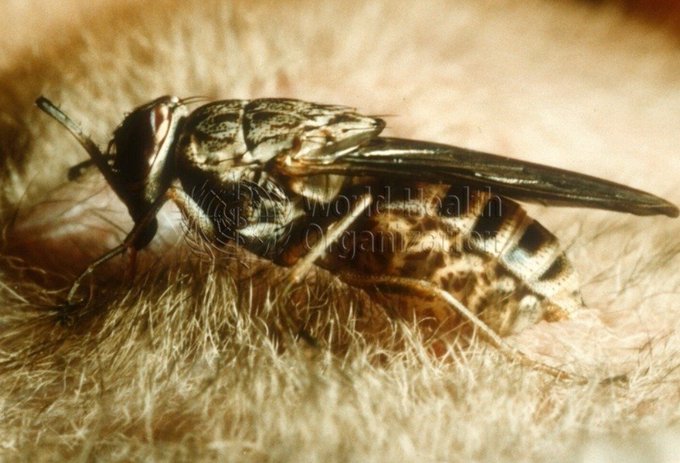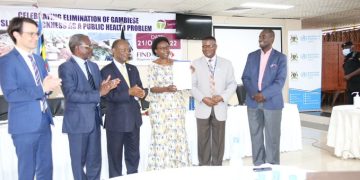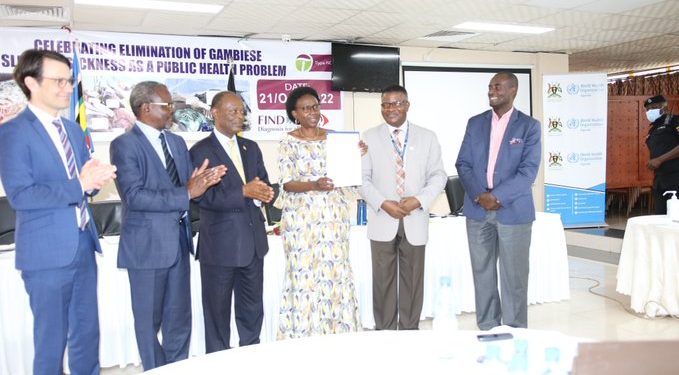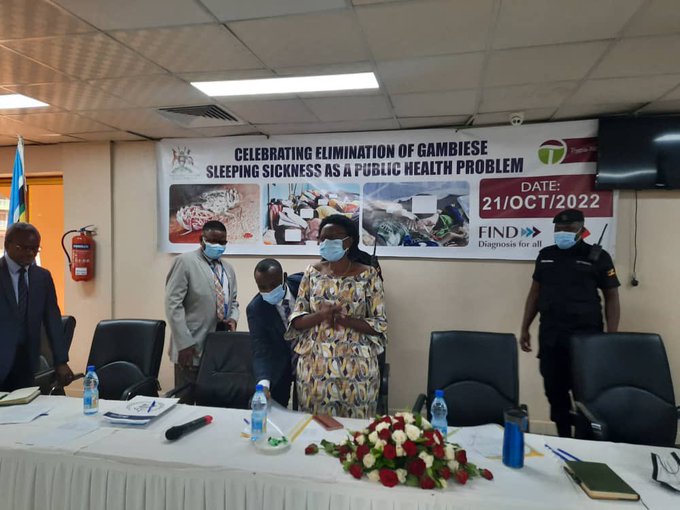Uganda has successfully eliminated Gambiense Sleeping Sickness as a Public Health Problem, the Ministry of Health has announced.
According to the minister of Health, Dr Jane Ruth Aceng, this was achieved through intense surveillance, tsetse fly control and individual case management.
She said the disease was a big burden in West Nile Region putting over 2 million people at risk.
“Congratulations to Uganda and us, as a health sector for eliminating Gambiense Sleeping Sickness as a Public Health Problem. This was made possible through intense surveillance, Tsetse fly control and individual case management. Thank you to all partners for the support,” said Dr Aceng.
According to the ministry said this milestone has been made possible by efforts from the ministry of Agriculture and Partners.
“The ministry of Health appreciates the continuous support in ensuring the population is safe from preventable diseases.”
“Sleeping sickness is curable. I was discharged after 2 weeks of intense treatment. I want to thank the ministry of Health, WHO and all partners who have supported me in this fight,” said Ms. Faida Lucy, survivor of the disease in Uganda.
Dr. Henry Mwebesa, Director of General Health Services at the ministry of Health, said the last case of chronic sleeping sickness was reported in Uganda in June 2020.
“Strengthened screening among tsetse fly populations and strong border collaboration has enabled the achievement of this great milestone in the country,” he noted.

“As we all celebrate the elimination of the chronic form of sleeping sickness, let us remember that the acute form is still with us. Continued screening & diagnosis in populations at risk of contracting the disease is essential,” said Dr Bayo Fatunmbi, who heads the disease prevention and control team at WHO office in Uganda.
Dr. Yonas Tegegn Woldemariam, the WHO Representative to Uganda, also congratulated Uganda for eliminating the chronic form of sleeping sickness as a Public Health Problem.
“The next step is the Elimination of the transmission of the disease and WHO is committed to provide technical support in surveillance activities in this regard,” noted Dr Yonas.

Human African trypanosomiasis (HAT), otherwise known as sleeping sickness, is a life-threatening disease that afflicts poor rural populations.
Carried by tsetse flies, the disease has long been a curse for communities in West, Central and East Africa, where two different variants of the disease were rife.
In May this year, three countries –Benin, Uganda and Rwanda– received validation from the World Health Organization (WHO) that at least one form of HAT has been eliminated as a public health problem in their lands.
Uganda is the only country where both forms are endemic but has now achieved elimination as a public health problem of the gambiense form.










